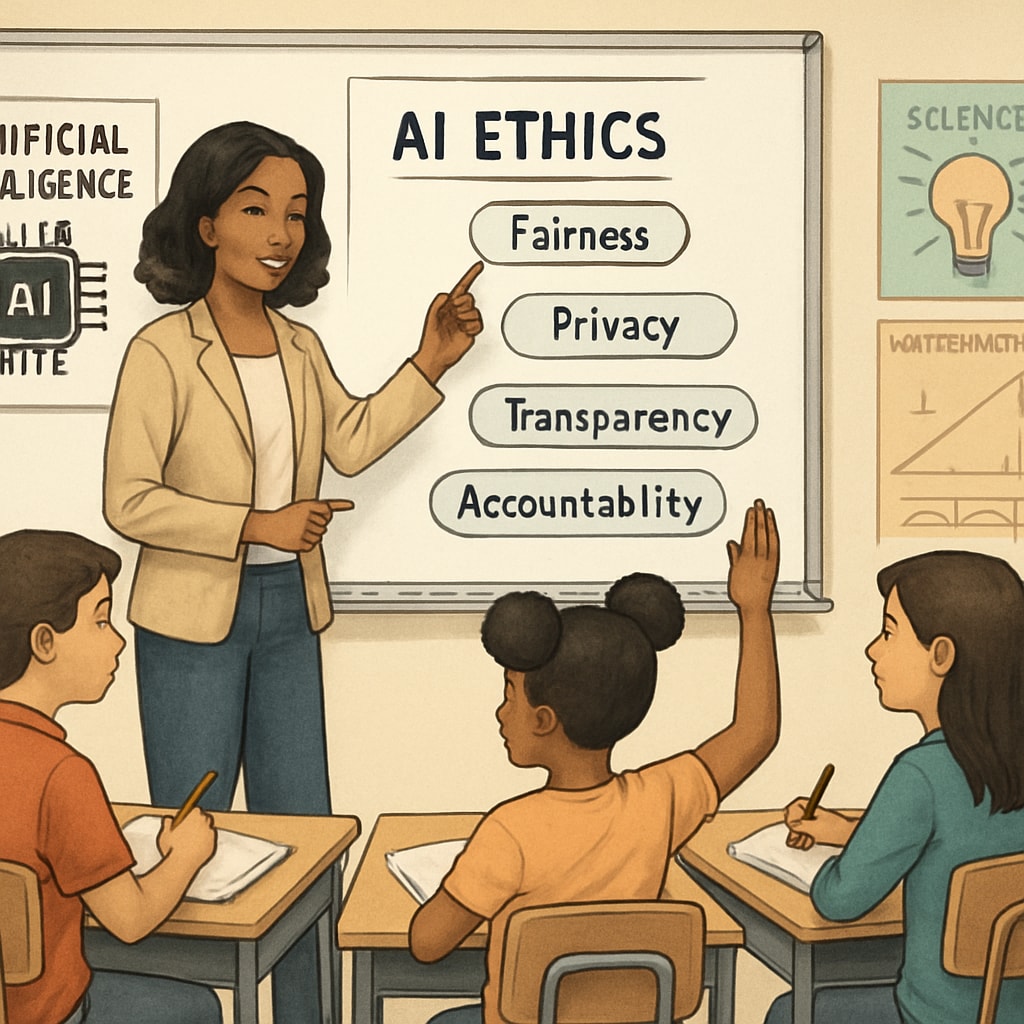With the rapid adoption of artificial intelligence (AI) tools in K12 classrooms, educators face growing concerns about maintaining academic integrity, implementing effective AI assignment detection, and managing education technology costs. While AI tools such as ChatGPT and Grammarly can enhance learning experiences, they also present ethical dilemmas when students misuse them to complete assignments. Striking a balance between leveraging AI’s potential and preserving academic honesty has become a critical challenge for schools worldwide.
The Ethical Dilemma of AI in K12 Education
AI tools have undeniably transformed education by offering personalized learning, automating administrative tasks, and providing quick access to information. However, they also create opportunities for academic misconduct. For instance, students can use AI to generate essays, solve math problems, or paraphrase existing content, bypassing the effort required for genuine learning. This raises questions about whether schools are adequately preparing students for real-world challenges or merely enabling shortcuts.
Moreover, educators must address the fine line between legitimate AI usage and unethical practices. For example, while using AI for grammar checks or brainstorming ideas may be acceptable, relying on it to complete entire assignments undermines the learning process. Schools must educate students on the responsible use of AI tools, emphasizing the importance of critical thinking and original work.

Challenges in AI Assignment Detection
To counteract misuse, many schools are investing in AI assignment detection software. These tools analyze patterns, syntax, and context to identify assignments generated by AI. However, their effectiveness is limited by several factors:
- Accuracy Issues: AI detection tools may produce false positives, wrongly identifying original work as AI-generated, which can harm student trust and morale.
- Evolving Algorithms: As AI tools improve, they become harder to detect, rendering some detection methods obsolete.
- Cost Concerns: Implementing and maintaining detection software adds to education technology costs, which can strain school budgets, particularly in underfunded districts.
Additionally, there are privacy concerns. AI detection systems often require access to students’ work, raising questions about data security and ethical boundaries. Schools must ensure these tools comply with regulatory standards like GDPR or FERPA to protect student privacy.
Balancing Academic Integrity and Technology Costs
Maintaining academic integrity while managing education technology costs is a delicate balancing act. Schools can adopt several strategies to address this challenge:
- Promoting Ethical AI Use: Educators should integrate lessons on ethical AI usage into the curriculum, teaching students when and how to use these tools responsibly.
- Investing in Teacher Training: Teachers need training to identify AI-generated work and adapt their teaching methods to discourage misuse.
- Encouraging Original Assignments: Assignments that require creativity, critical thinking, or hands-on activities are harder to complete with AI tools alone.
- Partnering with Technology Providers: Schools can negotiate affordable pricing for detection software or explore open-source options to minimize costs.
In addition to these strategies, fostering a culture of integrity is crucial. Students are more likely to uphold ethical standards when they understand the value of authentic learning and feel supported by their educators.

Building a Responsible AI Education Ecosystem
To create a sustainable and ethical approach to AI in education, all stakeholders—educators, policymakers, parents, and technology providers—must collaborate. Policymakers should establish clear guidelines on AI usage in schools, ensuring consistency and fairness. At the same time, technology companies must design tools that support ethical learning rather than facilitate shortcuts.
Schools can also involve parents in discussions about AI’s role in education. By fostering open communication, parents can reinforce the importance of academic integrity at home, complementing efforts made in the classroom.
Finally, building a responsible AI ecosystem requires continuous evaluation. Schools should regularly assess the impact of AI tools on learning outcomes, academic integrity, and technology budgets, adjusting their strategies as needed.
In conclusion, while AI offers tremendous opportunities to enhance education, its misuse poses significant challenges to academic integrity. By focusing on ethical AI use, investing in appropriate detection technologies, and fostering collaboration among stakeholders, K12 schools can navigate these challenges effectively, ensuring that students benefit from AI without compromising the values of education.
Readability guidance: Use short paragraphs and lists to summarize key points. Limit passive voice and long sentences. Distribute transitional phrases throughout the text (e.g., however, therefore, for example, as a result).


